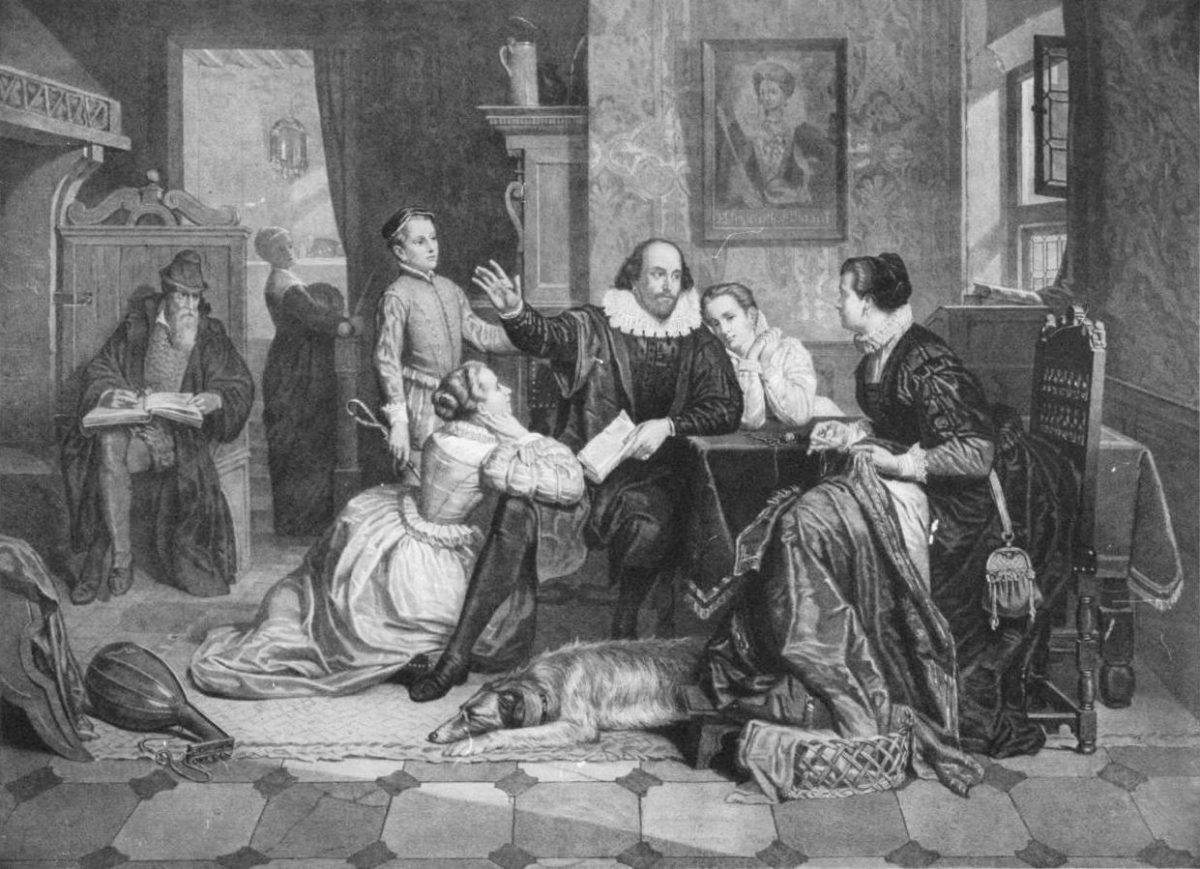![The Droeshout portrait of William Shakespeare, Martin Droeshout [public domain]](http://humanities.org.au/wp-content/uploads/2017/02/Shakespeare-Cancer-e1723720323534-1200x486.jpg)
In 2023, the founder of the Museum of Old and New Art (MONA), David Walsh AO acquired one of the first editions of Mr. William Shakespeare’s Comedies, Histories, & Tragedies, referred as a ‘First Folio’ by scholars. Walsh’s First Folio is the second known copy in the Southern Hemisphere and is currently on public display at the Museum of Old and New Art (MONA).
Of the approximately 700 copies developed in 1623, only around 230 First Folios remain.
According to rare bookseller Peter Harrington, the copy of the First Folio purchased by Walsh ‘is one of the most desirable examples to come to market in recent years.’
For John Bell AO FAHA, esteemed playwright and founder of theatre production company Bell Shakespeare, having a First Folio available for public viewing is ‘pretty remarkable.’
Is the First Folio the most important book in the English language?

‘The First Folio is the most important book in the English language because, without it, we wouldn’t have Shakespeare’s work,’ says John. ‘We would have totally lost his work, or we would have scraps of it, not the whole collected works like we have now.’
Shakespeare died in 1616. The First Folio was published in 1623 by fellow actors and friends of Shakespeare, John Heminges and Henry Condell. They worked to record thirty-six of Shakespeare’s plays, using a patchwork of adaptations to create a final version they felt best represented their friend’s work. The Folio also included plays which had previously never been published.
‘There were a lot of disagreements over details when they [Heminges and Condell] began, but the plays are pretty intact as far we know and are considered by most historians as good faith reproductions of what was said on stage.’
Folios like Mr. William Shakespeare’s Comedies, Histories, & Tragedies were uncommon at the time, despite the incredible popularity of theatre troupes and plays. There is evidence that people regularly put on local community plays inspired by professional productions.
‘People of the time would say “you know, they’re not literature”,’ John continues. ‘Just like how you might say that someone publishing their TV scripts isn’t valuable, people during Shakespeare’s time had the same attitude to play scripts. You could buy the scripts after the play was finished; in St Paul’s churchyard and other places to take home. But no one was interested in publishing a Folio of scripts nor did they expect anyone to purchase them. Of course, that wasn’t the case!’
Shakespeare for all time
The sheer number of editions is a testament to how much Shakespeare appealed to the masses. Folios were sold for approximately 15 shillings, with the average wage of a labourer 5 shillings a week.
Mr. William Shakespeare’s Comedies, Histories, & Tragedies was reprinted three times. The Second Folio was published nine years after the first, in 1632, and was fully revised and reformatted. The Third Folio was published 1664 and added seven more plays; with only one, Pericles, considered by scholars as authentic and likely written by Shakespeare.
‘It is quite extraordinary that Shakespeare has appealed to every generation since his work was performed,’ says John Bell. ‘There aren’t that many people who survived that long in the public imagination. He doesn’t just appeal to the education system or academia; he is still incredibly popular to public theatre productions, in film and television.’
‘People still go to see his works — or adaptations of his work — even when they’ve seen them a dozen times already.’
What makes Shakespeare so enduring?

‘He was the only writer I can think of who covered, convincingly, to tragedy and history and every aspect of drama. He could talk about all levels of society from the very top to the very bottom; he knew them all and could represent them all in a way only a great social commentator could.
‘I think above all his philosophies and ruminations about who we are and how we should live, without preaching or being didactic. He has this unique way of writing as mentor and helping us draw our own conclusions about how people treat each other, and how they should handle politics, to how they should handle sexual relations — any problem you have, Shakespeare has an answer.’
For example, Shakespeare addresses a common quandary in Much Ado About Nothing — when you suspect your best friend may also be interested in the girl you like. In the play, Claudio asserts,
’Tis certain so, the Prince woos for himself.
Friendship is constant in all other things
Save in the office and affairs of love.
These three lines tell us much about Claudio: that he is quick to believe falsehoods about others, especially about his close friend, Don Pedro, the Prince of Aragon — and a man far above his own social status. He is a man quick to jealousy and to assume, which as many know, is an ongoing theme throughout the play.
So long as men can breathe, and eyes can see
Of the approximately 230 First Folios in existence, eighty-two are housed at the Folger Shakespeare Library in Washington D.C. The others are scattered in private and public collections across the globe, but very few are on ongoing public display.
‘It’s great to see something like this in person; to have everyone able to view and access Shakespeare’s work in this form, I think, is what Shakespeare is about,’ John Bell says. ‘He’s about access, of all sorts of people from all walks of life accessing theatre and art and stories.’
Walsh’s First Folio will be on display as a part of the Namedropping exhibition, whose curators include Jane Clark FAHA, at the Museum of Old and New Art (MONA), Tasmania until April 2025.



